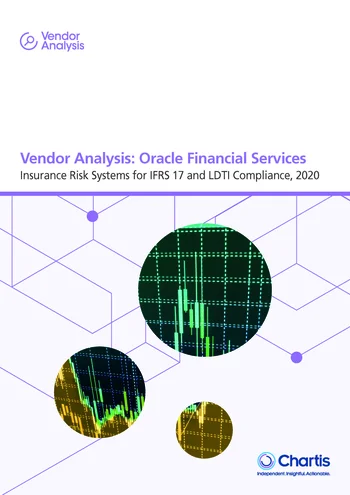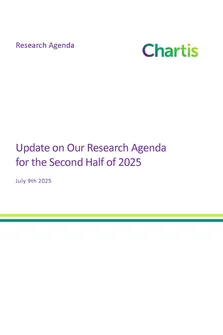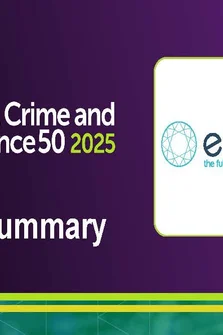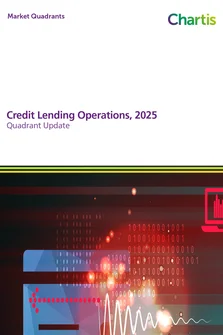In 2019 Chartis published a series of research reports on International Financial Reporting Standard (IFRS) 17 compliance. We focused on demand among insurers for IFRS 17 compliance solutions, and considered the technology overlaps between these systems and those for other accounting standards and solvency regimes. We see IFRS 17 as part of a wider regulatory project to integrate risk into accounting practices, in line with other areas of financial services and their accounting regimes (notably IFRS 9 and Current Expected Credit Losses [CECL]).
In our follow-up report, we considered insurers’ evolving technology requirements for compliance with IFRS 17 and its US counterpart LDTI. Insurers’ approach to compliance will be shaped largely by the type of product(s) they sell and their existing technology. In addition, since IFRS 17 is a global standard, there are significant regional dynamics at play, and the regulatory and reporting
environment in which institutions5 operate will have a significant impact on their compliance strategies.
This Vendor Analysis is based on the Chartis quadrant report ‘Insurance Risk Systems for IFRS 17 and LDTI Compliance, 2020: Market Update and Vendor Landscape’ (published in June 2020). This section summarizes the key theses in that report; subsequent sections take a detailed look at Oracle’s quadrant positioning and scoring, and Chartis’ underlying opinion and analysis.



